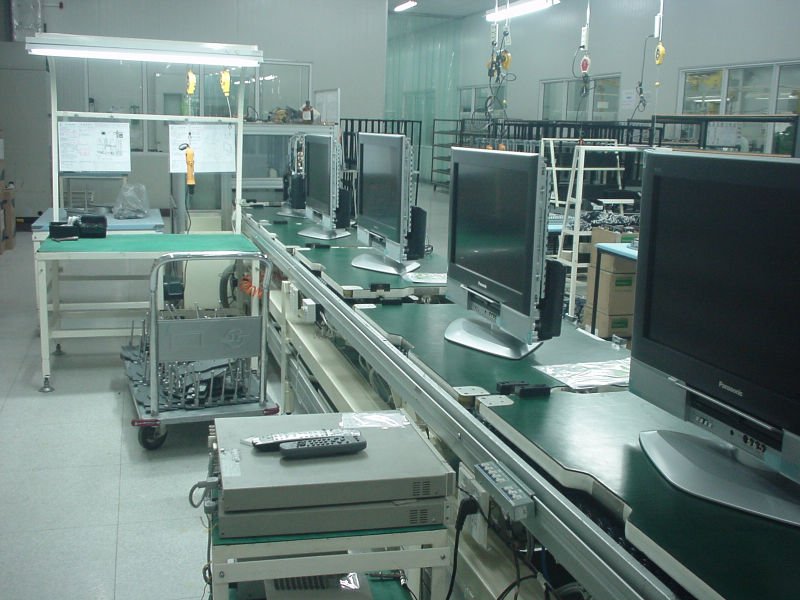A power-saving strategy called ‘photovoltaic cell integrated polarizing colour filters’ is reported in Nanotechnology. The team from Suzhou Institute of Nano-Tech and Nano-Bionics, Chinese Academy of Sciences develop a compact multifunctional device featuring a combined polarizer and colour filter. This has potential applications in power-saving liquid-crystal display LCD modules to achieve a more energy-efficient display technology.
The liquid crystal display (LCD) is the most prevalent and cost-effective electronic visual display technology in use today. However, with continued growth in demand for larger screen size and higher pixel density, power consumption becomes an issue for future applications.

Unfortunately, the image displaying scheme adopted in LCD is energetically inefficient with the backlight consuming up to 90% of the total display power along with power hungry optical components. To achieve polarized colour imaging, they absorb unwanted spectral and polarized components with only around 5–10% of the backlight’s energy reaching our eyes.
A holey metal film is integrated into the organic photovoltaic scheme as the spectrally selective rear electrode enabling selective transmission of light only over desired ranges of wavelengths. Other wavelengths can be used for PV electricity generation. The addition of absorbing PV function layers narrows the bandwidth of extraordinary optical transmission, thus facilitating the visible colouring with relatively high purity for the devices.
The PV absorbing layer sandwiched by the front and rear electrode completely traps the photons in the complementary spectrum of the filtered colour due to the cavity-enhanced absorption. The rear metal electrode is perforated with an ellipsoidal hole and adapted to achieve strong polarization anisotropy in the light transmission between two orthogonal polarized illuminations. Controlling the aspect ratio of the ellipsoidal hole allows the device to block visible transmission and function as an ideal opaque PV cell. The device can fully utilize the polarizing energy at the illumination polarized parallel to the long axis of the ellipsoidal hole, but retain the colour filtering capacity for the orthogonal polarized illumination.
Truong Duy
